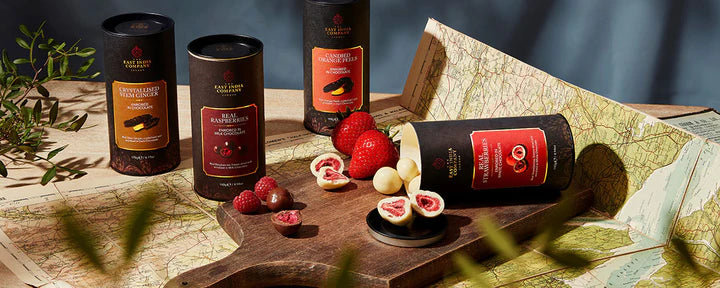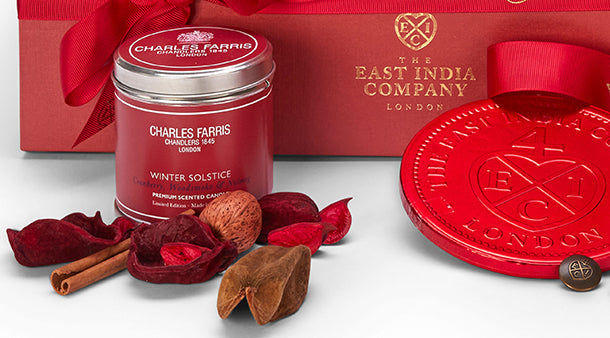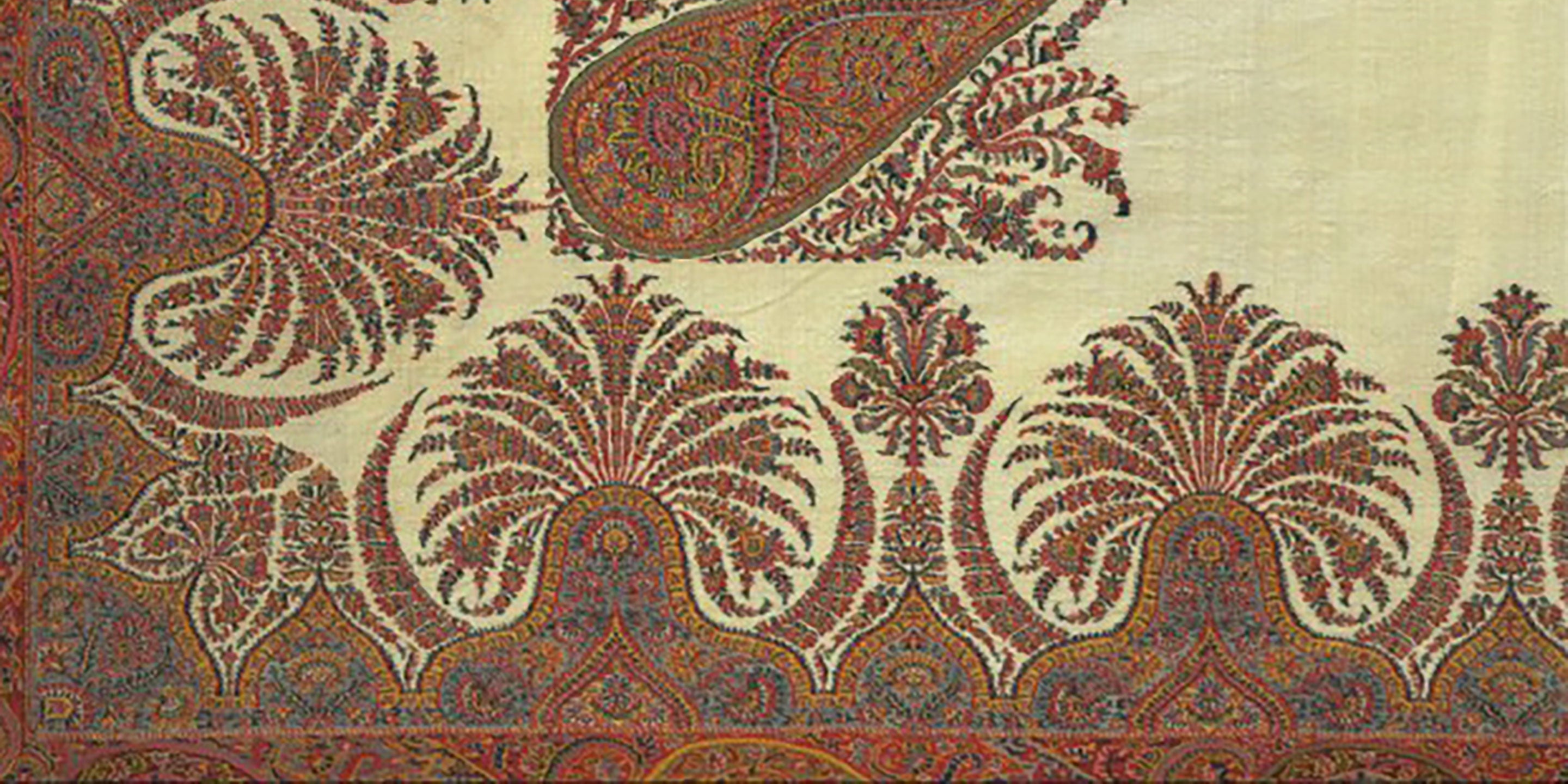The East India Company trade in the bewildering variety of textiles from India became collectively known as the ‘Piece Trade,’ and included familiar and unfamiliar - muslins, dungarees, bandanas, cambrics, chintzes, humhums, jamdanies and many more.
In fact, one of the more arduous tasks facing the Company was facing was knowing one from the next, with often only tiny differences between them, further nuanced by hybrids and regional variations. This confusion was well evidenced in the correspondence and official reports.
Entering the spice trade had proven challenging due to the ‘earlier mover’ advantage of the Portuguese and the Dutch, but the Company realized the potential of making money in the ‘local’ Indian Ocean textile trade, when James Lancaster, Captain of the first East India ship the Red Dragon, captured a Portuguese ship at Aceh, which contained Indian cloths.
Moving rapidly, the Company started establishing factories (a combination of an administration centre and a warehouse - and the origin of the modern word ‘factory’) in the main textile producing areas of India.
In 1608, the first factory was set up in Surat; the second at Masulipatam on the Coromandel coast in 1611: and later the third in Bengal.
Surat-traded dyed cotton calicoes, carpets and ‘Guinea cloths’, a blue check cloth which was popular in West Africa and the West Indies. The Coromandel produced fine chintzes; a sophisticated four-stage dyed cotton cloth. Bengal was the home of muslins and silks.
It was this Piece Trade that saved The East India Company from financial disaster in those early days. The Company’s dream of exporting fine woollen English broadcloth to the East was never realized – it was too basic and rough for the sophisticated audience of the east – so the Company survived solely as cloth merchants.
Over time, The East India Company brought new goods and fashion to Europe, but North America was never far behind. The light cottons of India were well suited to the humid summers of the south-eastern states, and calicoes, chintzes and silks all found their way across the water, shipped by private traders from the Company’s warehouses in London.
At the time of India being under the control of The East India Company, the importation of cheap calicos from India to England damaged the British woollen industry, but with the Industrial revolution, trade was flipped around and the Indian ‘possessions’ became one of the main markets for the cheap finished cotton fabrics of the Lancashire mills - ironically of course, created from Indian-grown cotton! This colonialist power drove the success of the English textile industry at the sacrifice of the Indian manufacturers.
The Piece trade had lasting legacy in India. Bombay, Madras and Calcutta were born from the Company’s initial factory locations, becoming the Company’s ‘Presidencies’, later becoming the largest cities of modern India.
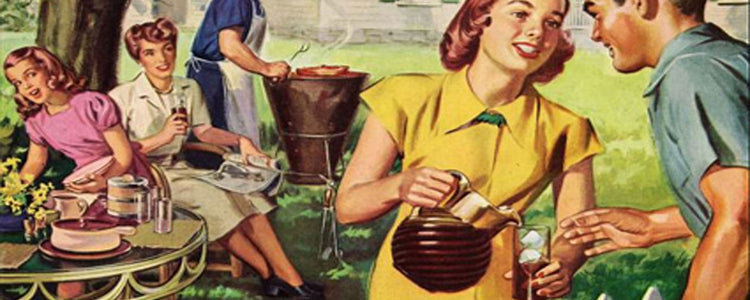
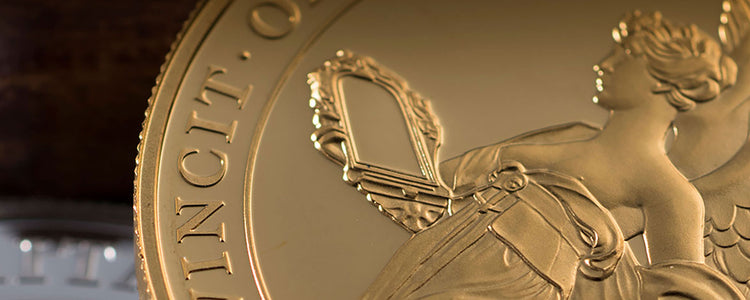
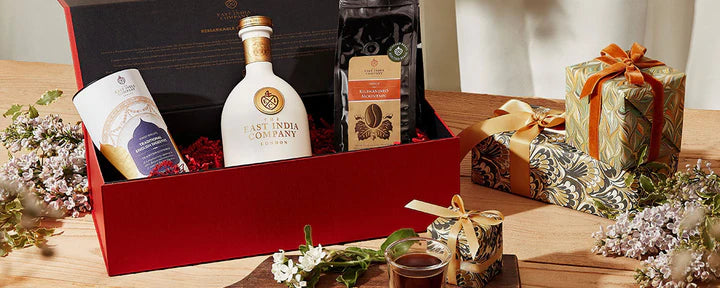
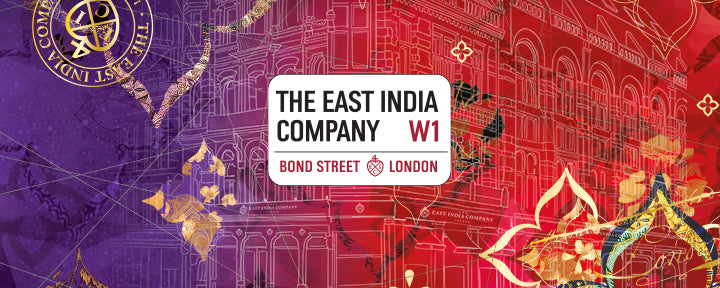
 Ceylon / Sri Lanka
Ceylon / Sri Lanka Assam, India
Assam, India Japan
Japan Taiwan
Taiwan Nepal
Nepal China
China Kenya
Kenya Egypt
Egypt South Africa
South Africa